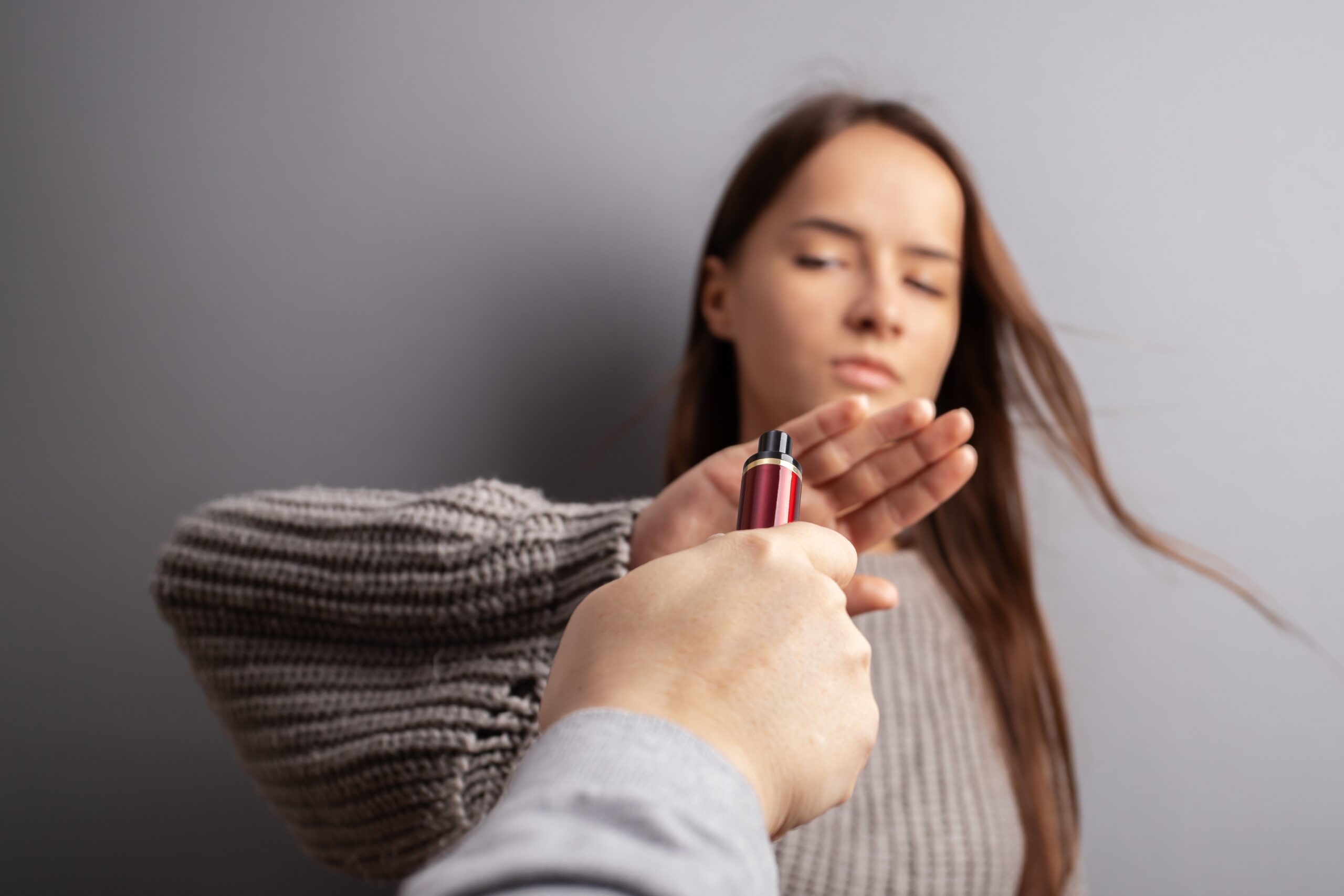The Hidden Dangers of Sleeping Pill Addiction

Introduction
Sleeping pill addiction is a growing concern in the United States, with millions of individuals relying on these medications to combat insomnia and other sleep-related issues. The prevalence of sleeping pill use has surged, leading to an alarming rise in dependency and abuse. Reports indicate that nearly 9 million Americans were frequent abusers of sleeping pills in 2013 alone.
Understanding the risks associated with sedative-hypnotics is crucial for making informed decisions about sleep management options. These medications, while effective in the short term, can lead to significant health complications when used improperly or over extended periods.
In this article, you will learn about:
- The definition and classification of sleeping pills
- The rise in sleeping pill prescriptions and factors contributing to their increased use
- Recognising signs and symptoms of sleeping pill addiction
- Navigating the risks associated with side effects, substance interactions, and long-term consequences
- Treatment options for overcoming sleeping pill dependency
By understanding the hidden dangers of sleeping pill addiction, you can make better choices regarding your health and well-being.
Understanding Sleeping Pills
Sleeping pills, scientifically known as sedative-hypnotics, are medications designed to promote sleep. These can be broadly categorised into two main types: benzodiazepines and non-benzodiazepines.
Prescription Medications
Common prescription sleeping pills include:
- Ativan (Lorazepam) and Xanax (Alprazolam): Both belong to the benzodiazepine class. While effective for short-term insomnia relief, they have a high potential for addiction. Users often develop tolerance quickly, necessitating higher doses to achieve the same effect.
- Ambien (Zolpidem) and Lunesta (Eszopiclone): These are non-benzodiazepines, also referred to as “Z-drugs”. They are generally perceived as safer alternatives but still carry risks of dependency and adverse effects.
Over-the-Counter Options
Over-the-counter (OTC) sleeping aids primarily include antihistamines such as:
- Diphenhydramine (found in Benadryl)
- Doxylamine (found in Unisom)
While these can be helpful for occasional sleeplessness, their efficacy diminishes with prolonged use. Additionally, they often come with side effects like daytime drowsiness and impaired cognitive function, making them unsuitable for long-term insomnia treatment.
Understanding the various types of sleeping pills and their potential risks is crucial for anyone considering their use. This knowledge enables individuals to make informed decisions about their sleep management strategies.
The Rise of Sleeping Pill Prescriptions
Prescription trends for sleeping pills have shown a marked increase in the U.S., with nearly 9 million Americans reported to be abusing these medications in 2013. This surge highlights a growing reliance on pharmacological solutions for insomnia treatment.
Several factors contribute to the increased use of sleeping pills:
- Societal pressures: Modern life places high demands on individuals, often resulting in stress and anxiety, which can disrupt sleep patterns.
- Lack of alternative treatments: Limited awareness or availability of non-pharmacological options, such as cognitive behavioural therapy for insomnia (CBT-I), leads many to turn to medication as a quick fix.
Sleeping pill prescriptions are seen not just as a medical intervention but also as a response to cultural and lifestyle challenges. This trend underscores the need for greater education about the risks of medication overuse and the importance of exploring safer, long-term solutions for managing sleep disorders.
Recognising Sleeping Pill Addiction: Signs, Symptoms, and Consequences
Identifying addiction to sleeping pills can be challenging. The early indicators often manifest subtly but grow severe over time.
Common Signs of Sleeping Pill Addiction
- Cravings: An intense desire to take the medication, even when it is not necessary for sleep.
- Behavioural Changes: Increased irritability, anxiety, or mood swings. Users may become secretive about their pill consumption.
- Failed Attempts to Quit: Repeated unsuccessful efforts to cut down or control use.
Doctor Shopping as a Red Flag
A significant red flag is doctor shopping, where individuals visit multiple healthcare providers to obtain additional prescriptions. This behaviour often arises when one doctor refuses to refill a prescription due to concerns about dependency.
“Doctor shopping is a clear sign of addiction,” says Dr Jane Smith, an addiction specialist. “It indicates that the person is prioritising access to the drug over their health.”
Physical Dependence and Withdrawal Symptoms
Physical dependence can develop rapidly with sleeping pills. When usage ceases, withdrawal symptoms can be both physical and psychological:
- Physical Symptoms: Nausea, sweating, tremors, seizures.
- Psychological Symptoms: Anxiety, panic attacks, irritability.
Withdrawal frequently leads to rebound insomnia, where the original sleep issues return more intensely than before. This condition exacerbates dependence as users seek relief by resuming their medication.
Recognising these signs early is crucial for preventing long-term health consequences and seeking appropriate treatment.
Understanding the Risks: Side Effects, Substance Interactions, and Long-Term Effects of Sleeping Pills
Possible Side Effects
Sleeping pills can cause a range of side effects, from mild to severe. Users may experience:
- Memory problems: This includes forgetting things, having trouble focusing, and feeling confused.
- Coordination problems: There is an increased risk of falling and having accidents because of weakened motor skills.
- Feeling sleepy during the day: Ongoing tiredness that makes it hard to do daily activities.
Dangerous Interactions with Other Substances
Mixing sleeping pills with other substances can be especially dangerous. The most significant interactions are:
- Alcohol: When combined with sleeping pills, alcohol intensifies their calming effects, increasing the risk of breathing problems and overdose.
- Other sedatives: Medications like opioids or benzodiazepines can enhance the calming effects, leading to severe health issues or even death.
Risks of Prolonged Use
Using sleeping pills for an extended period poses serious dangers:
- Higher risk of death: Research shows a link between long-term use and a greater chance of dying prematurely.
- Health problems: Regular use can result in severe conditions like irregular heartbeat and depression.
It’s important to be aware of these hidden risks so you can make better choices about how to manage your sleep issues.
Breaking Free from Addiction: Treatment Options for Sleeping Pill Dependency
Treatment methods for sleeping pill addiction often require a multifaceted approach to ensure successful recovery. One primary strategy involves gradual tapering of the medication under medical supervision. This method helps mitigate withdrawal symptoms and reduces the risk of rebound insomnia.
Key steps in treatment include:
- Medical Detoxification: A controlled and monitored detox process can help manage withdrawal symptoms safely.
- Behavioural Therapy: Cognitive-behavioural therapy (CBT) and other therapeutic approaches address the psychological aspects of addiction. These therapies aim to change negative thought patterns and behaviours associated with dependency.
- Support Groups: Joining groups like Narcotics Anonymous (NA) provides emotional support and shared experiences, which can be invaluable during recovery.
Combining these methods increases the likelihood of long-term success. Professional guidance ensures that individuals can overcome their dependency on sleeping pills while maintaining overall health and well-being.
Share with:





